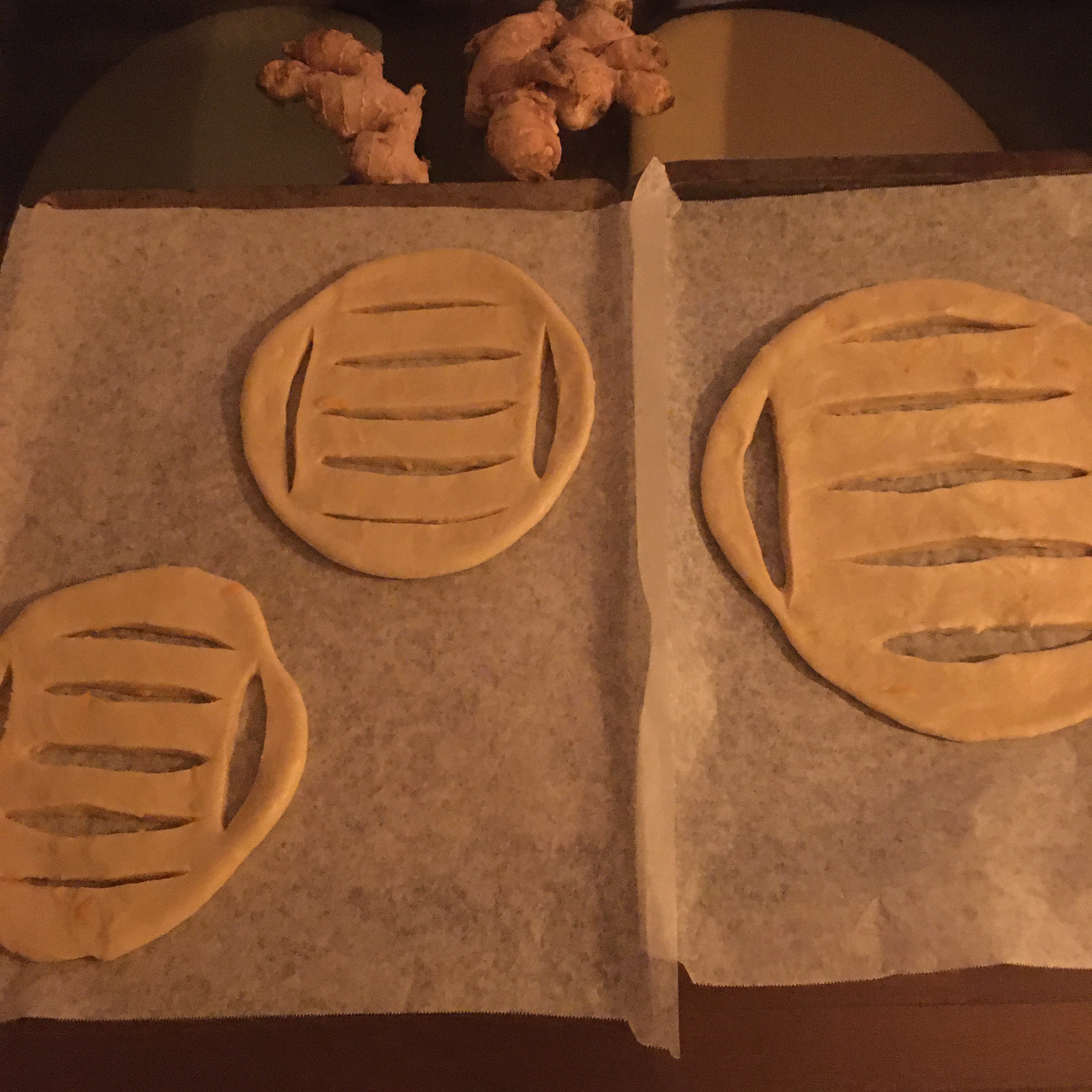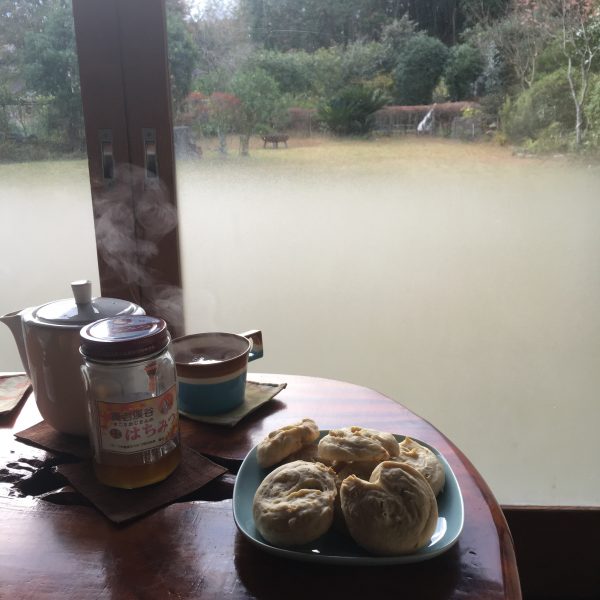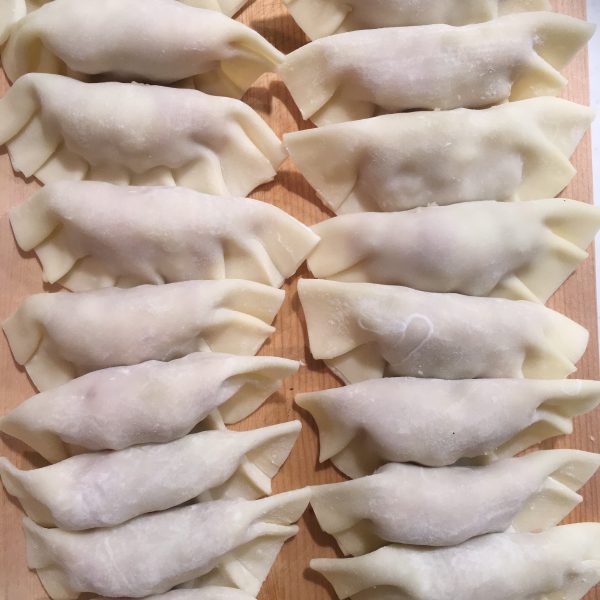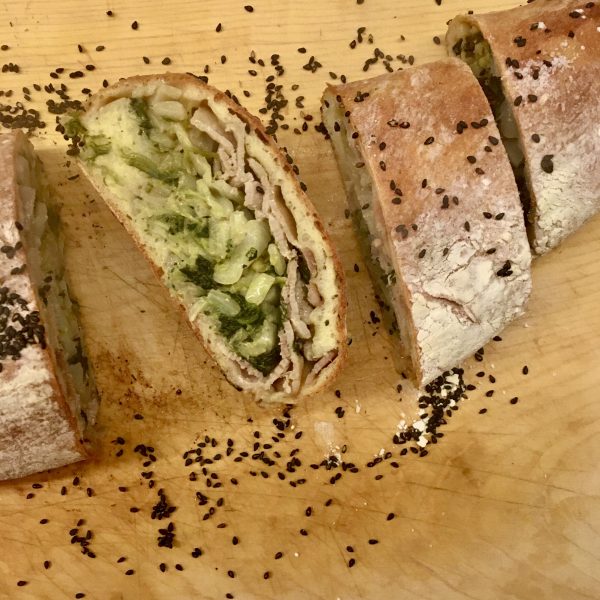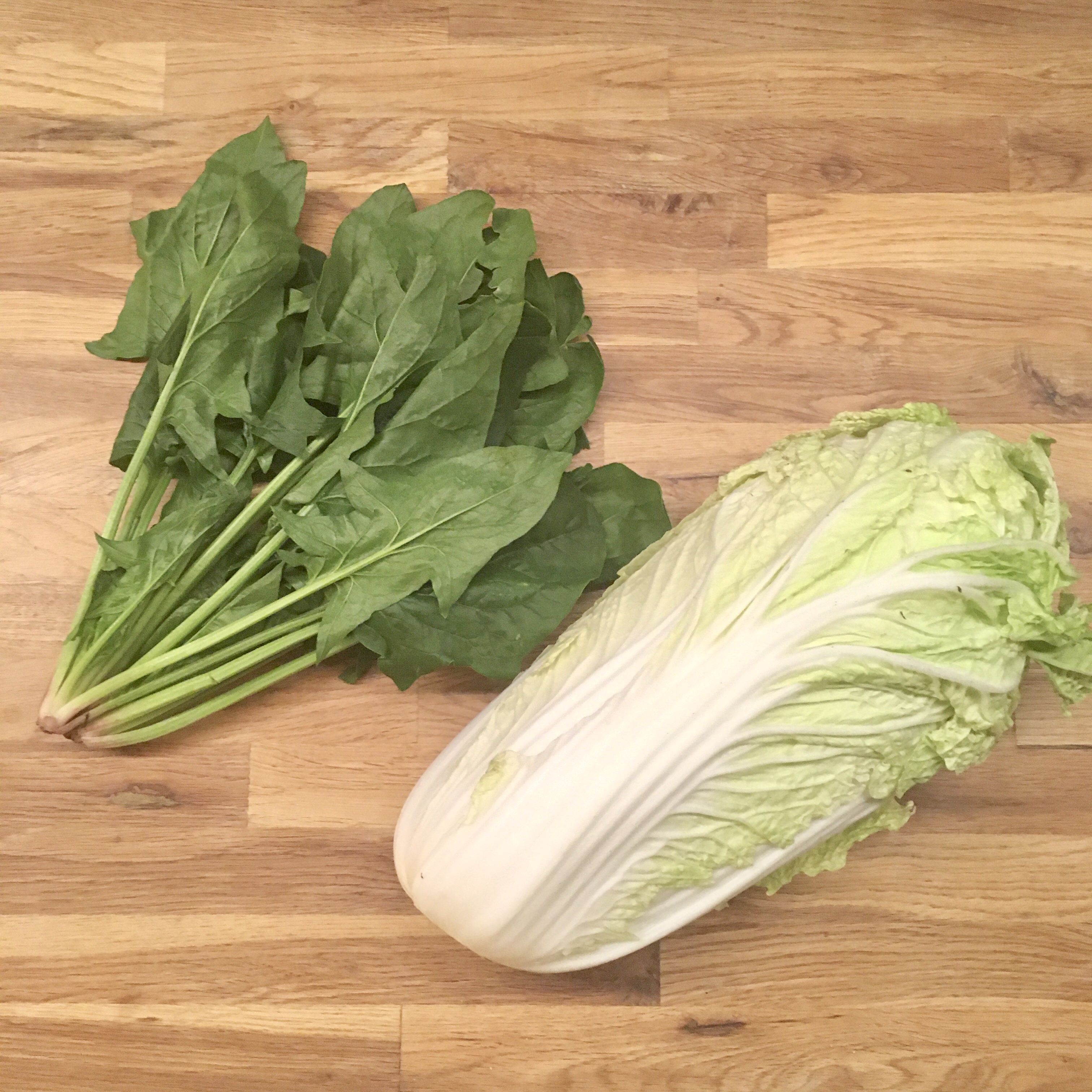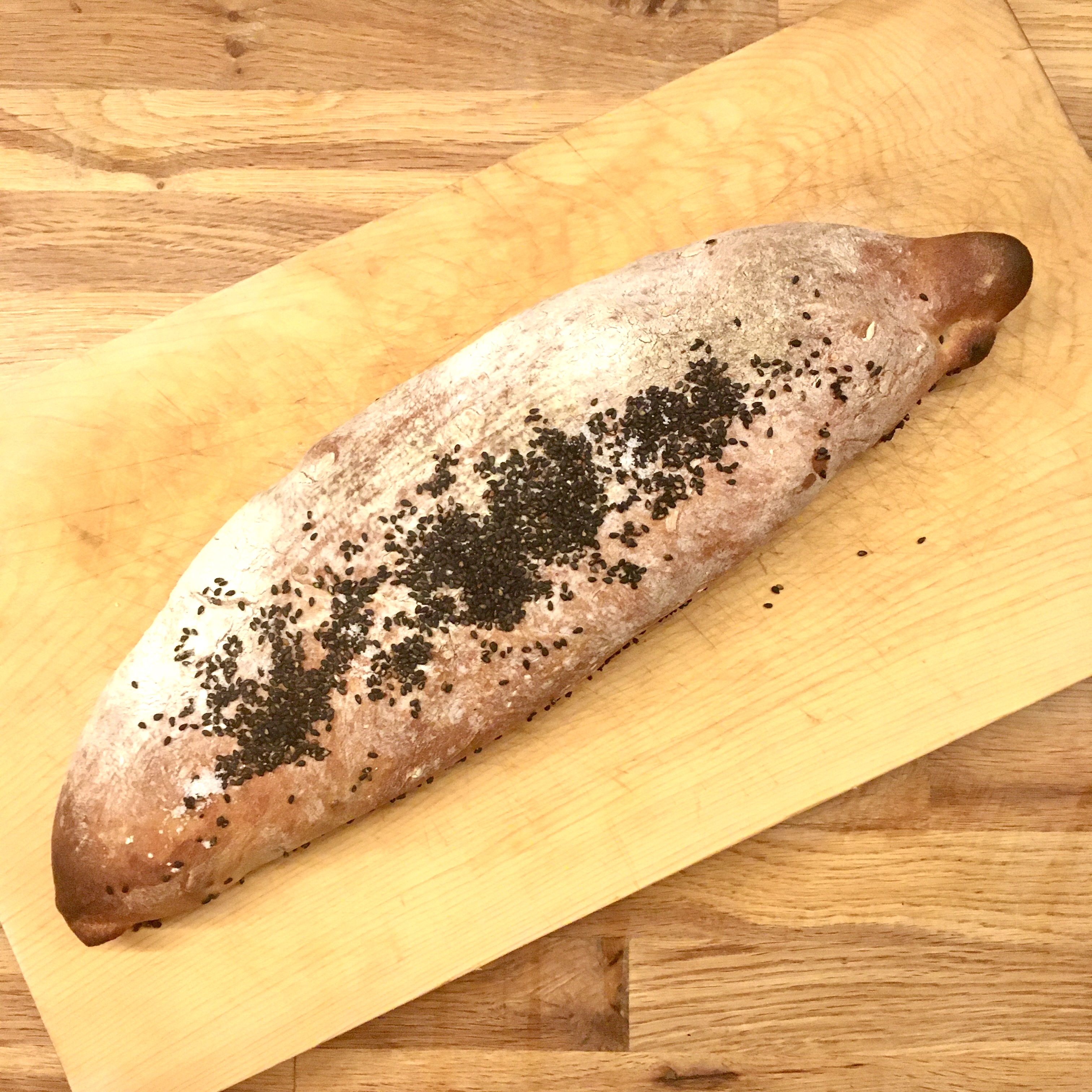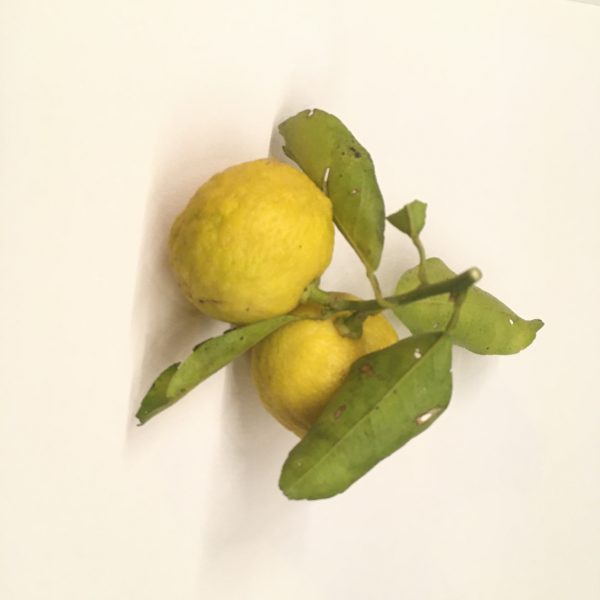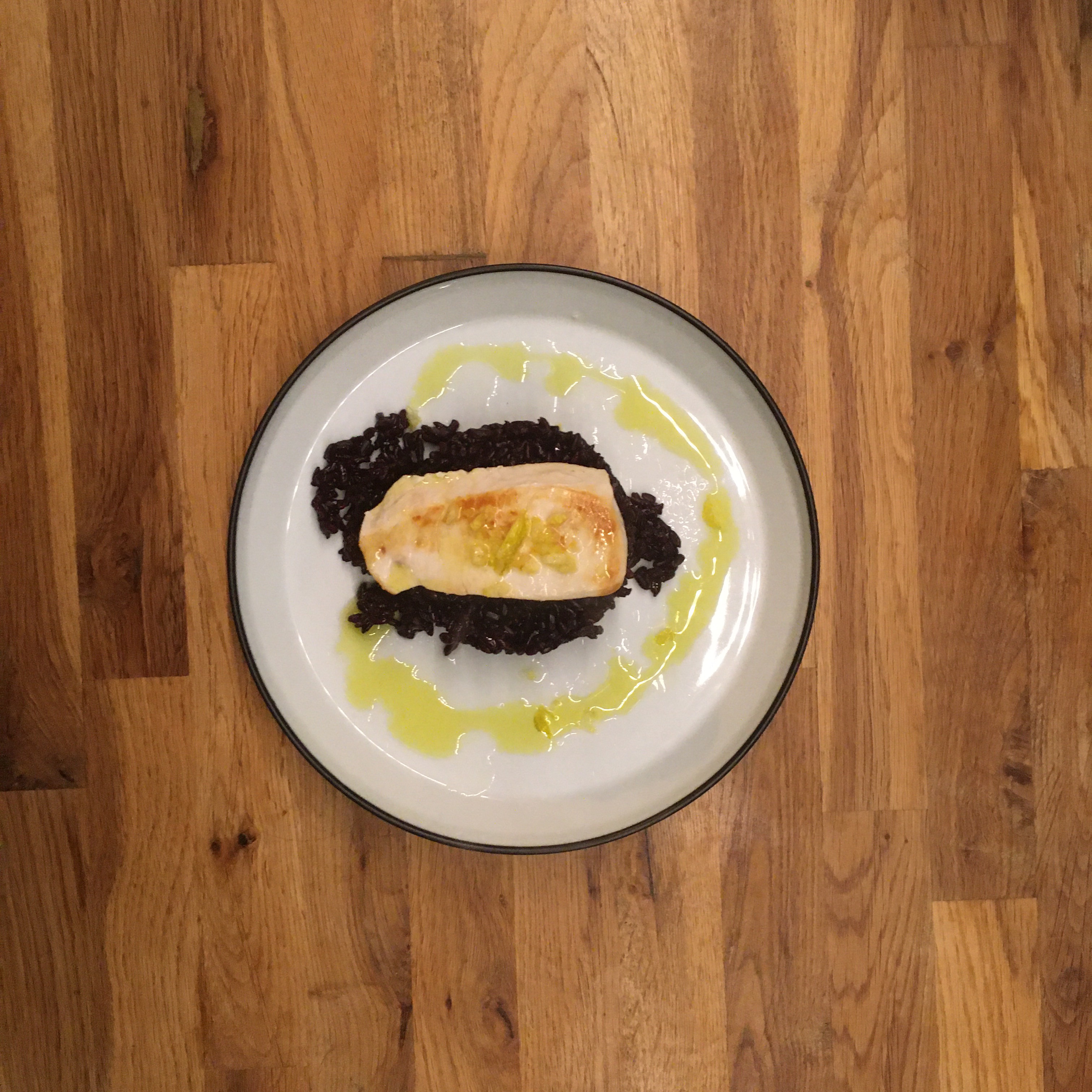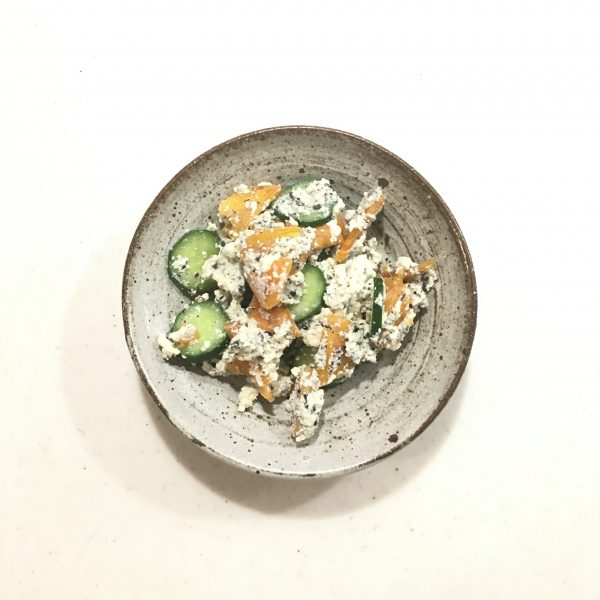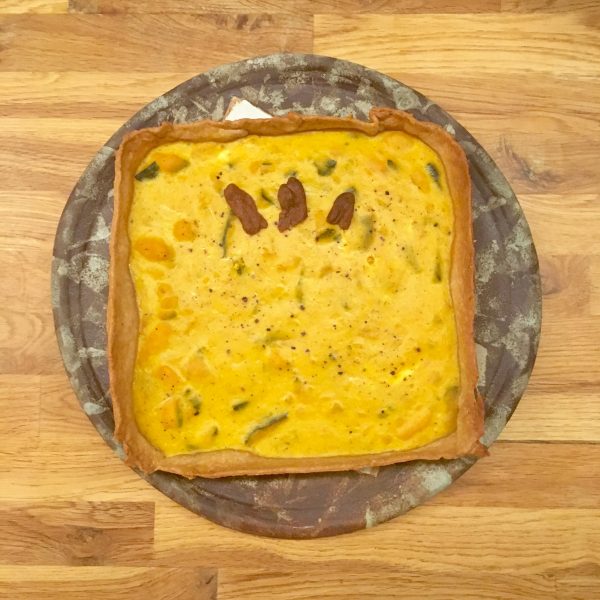Not enough time to do all the things I want to do… and in a snap it’s already mid December…
Busy days follow busy days… the excitement of all the things I do leaves me quite resourceless and for the first time in quite a while I feel tired. Tired of so many things undone, tired of running after time, tired because of too little sleep. I am normally a heavy sleeper. If I dont sleep 7-8h I physically can feel it and I am underperforming. For the first time in quite a while I had a nap on Saturday afternoon. It was rainy and cold, perfect to just let it go… Just 20min but my body and my mind were craving for it. It gave me new strength to start again!
I started by baking pompes a l’huile for ourselves and to give away to friends. December is definitely the time to bake pompes a l’huile, this Provence traditional sweet bread we eat for Christmas. And it’s really easy to make and bake, and so easy to eat, so making several at the same time is probably a good idea!
The recipe is quite simple. I posted it quite some time ago. I made a few variation this time. Used a little less olive oil (believe it or not, I ran out of olive oil!!!) and I used the zest of a tangerine from the garden!
This was a great success! Everyone loves pompe a l’huile!!!
